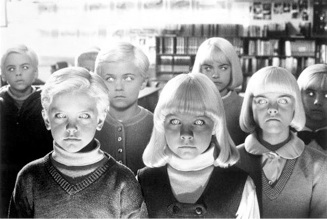Research Interests
While my research career has taken me through a number of areas--Romantic fiction, gothic aesthetics, queer narcissism, sexual children, dance--all of my projects are welded together by an interest in the body. Bodies in pain, bodies in pleasure, bodies in choreography, bodies in view: all are sites of cultural (and perhaps extra-cultural) meaning that I explore in my work. It's for this reason that I'm so drawn to the gothic. In its depiction of bodies in extreme situations, the gothic allows me to draw together various theories, texts, and historical moments to consider what remains constant in our bodies’ internal mechanisms, and how such consistency butts up against the specifics of a particular cultural production. In my current work on dance, I consider how the body's reactions to pain come to frame choreographies of mortality from the Romantic ballet to Michael Jackson.
Current Projects
Only the Dead Can Dance: Choreographies of Mortality
This project considers the place and meaning of dance within gothic aesthetics, ranging from the medieval danse macabre to contemporary stage dance and popular video. I am particularly interested in current theories of temporality and their relation to bodily movement. Disruptions of the temporal and linear, as examined by contemporary queer theory, come to inform my readings of AIDS choreography, Hollywood dream ballet, and Japanese Butoh, among other dance forms

The Counterfeit Child
Children seem to be lightening rods for feelings of dispossession. As Freud argues in “Family Romances,” there is a ubiquitous fantasy among children that they have been displaced from their “real” parents and cast into a family to whom they don’t belong. While this fantasy underlies a great number of fictional texts about children, I’m interested in considering the problem from the opposite perspective: the fantasy the adult has that the child is not his or her own, that it is fake, a changeling, a counterfeit. Drawing on insights from literary criticism and folklore, film theory, queer theory, psychoanalysis and philosophy, I look at the phenomenon of “the counterfeit child” in a number of narratives, ranging from children’s literature to the gothic, and from science fiction to TV serial killers. What, I ask, does the counterfeit child do? What position does it enforce in regard to sentimentality, and how can it help us to think (differently) about current theoretical impasses regarding children and futurity?

